Speakers
The invited speakers are qualified experts that will share their knowledge from different perspectives.
Knut Bjørlykke
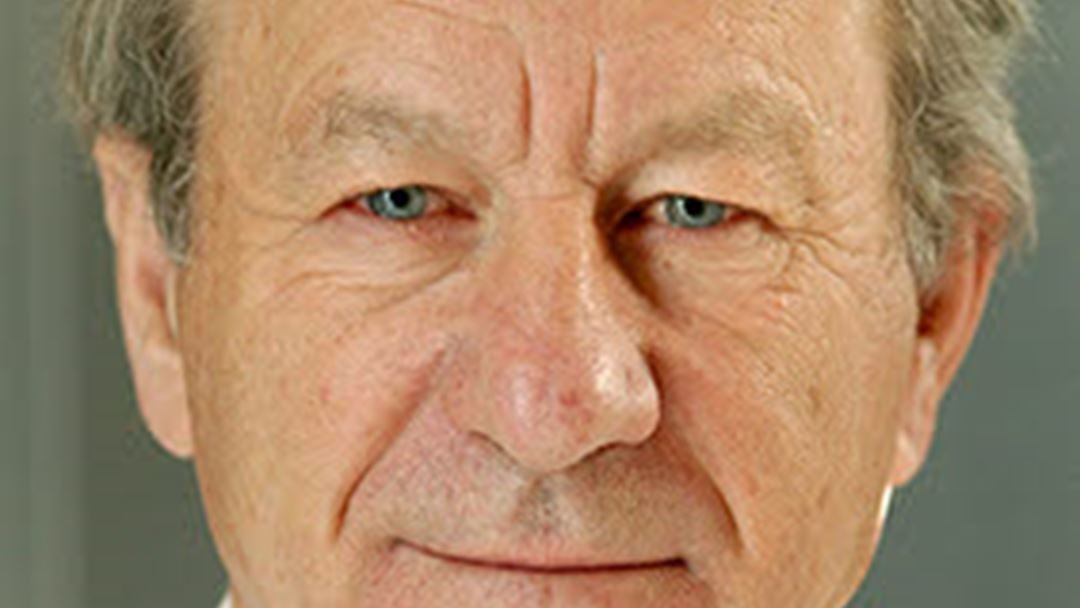
Speaking at: SINTEF shale school: Geology of shales
University of Oslo, Norway
- 2008 - Professor Emeritus, University of Oslo
- 1984 - 2008 Professor of Sedimentology and Petroleum Geology, University of Oslo
- 1976 – 1984 Professor of Petroleum Geology. University of Bergen, Norway
- 1969 -1971 University Lecturer at Makerere University, Kampala, Uganda
- 1965 -1969 Amanuensis (lecturer) at Department of Geology, University of Oslo.
Awards and distinctions
- The Reusch Medal The Norwegian Geological Society, 1970
- Member Norwegian Academy for Science and Letters since 1985
- Statoil's Research Prize for 1991
- Honorary Fellow of the Geological Society of London in 1992
- The Grover E. Murray Memorial Distinguished Educator Award (AAPG) for 2003
- Det Kongelige Norske Videnskapers Selskap from 2008
- The Brøgger Prize from the Norwegian Geological Society for 2009
- The "NTVAs Prize of Honour) for 2009
Published textbook "Petroleum Geoscience" (Springer) 2.ed. 2015.
Bill Carey
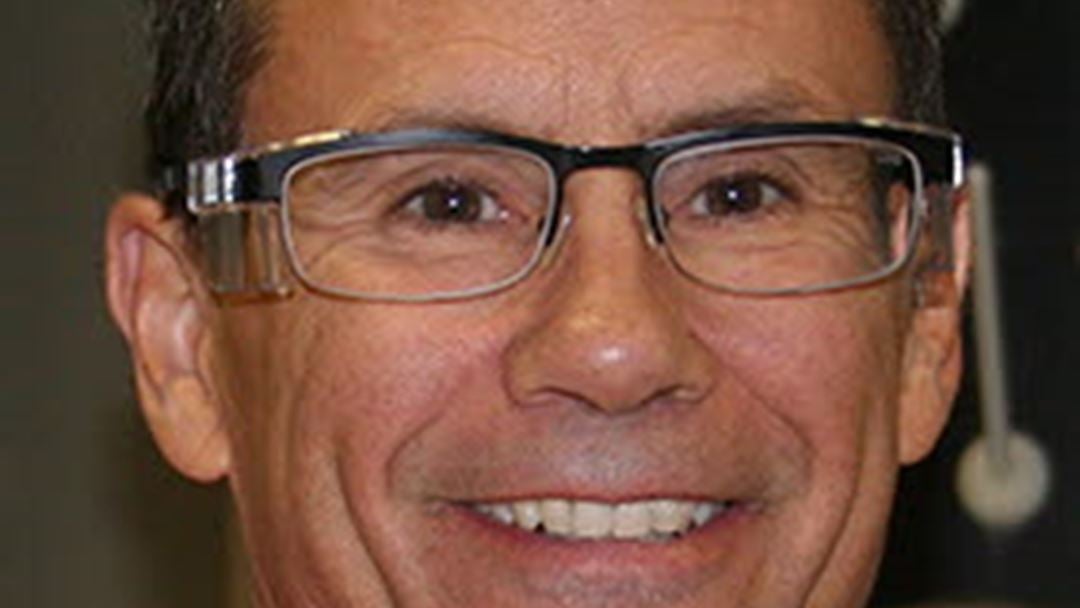
Speaking at: SINTEF shale school: Characterization of shales
Bill Carey received his Ph.D. from Harvard University in experimental geochemistry and thermodynamics. He has been at Los Alamos National Laboratory for 20 years working first on the Yucca Mountain Project and more recently on carbon sequestration and hydraulic fracturing problems. His expertise is in the thermodynamic and kinetics of mineral- and rock-fluid interactions. His current work explores coupled geomechanical, flow and reaction processes with the focus of fractures generating reactive pathways for fluids.
Susan Carroll
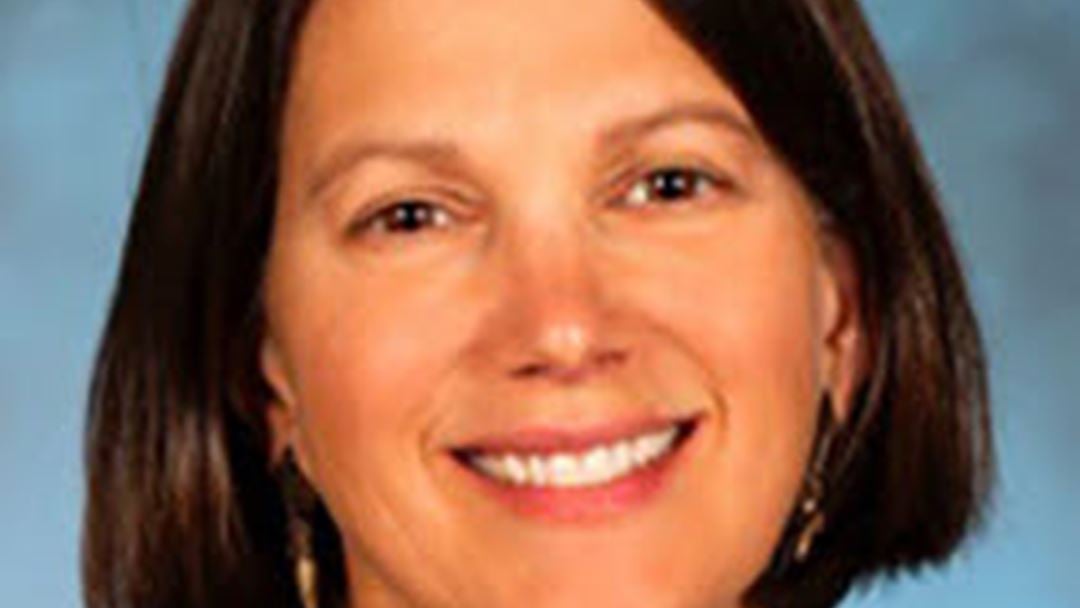
Speaking at: Session 3: Coupling flow, geochemistry and geomechanics in shales
My research is directed towards understanding geochemistry related to radioactive waste disposal, environmental restoration, and climate change. My research has focused on coupling laboratory or field studies with state-of-the-art analytical techniques and/or geochemical modeling to determine important rock-water interactions that control water composition and the eventual transport of contaminants. My current focus is on the role that geochemical reactions play in geological sequestration of carbon dioxide.
Erik Haugane
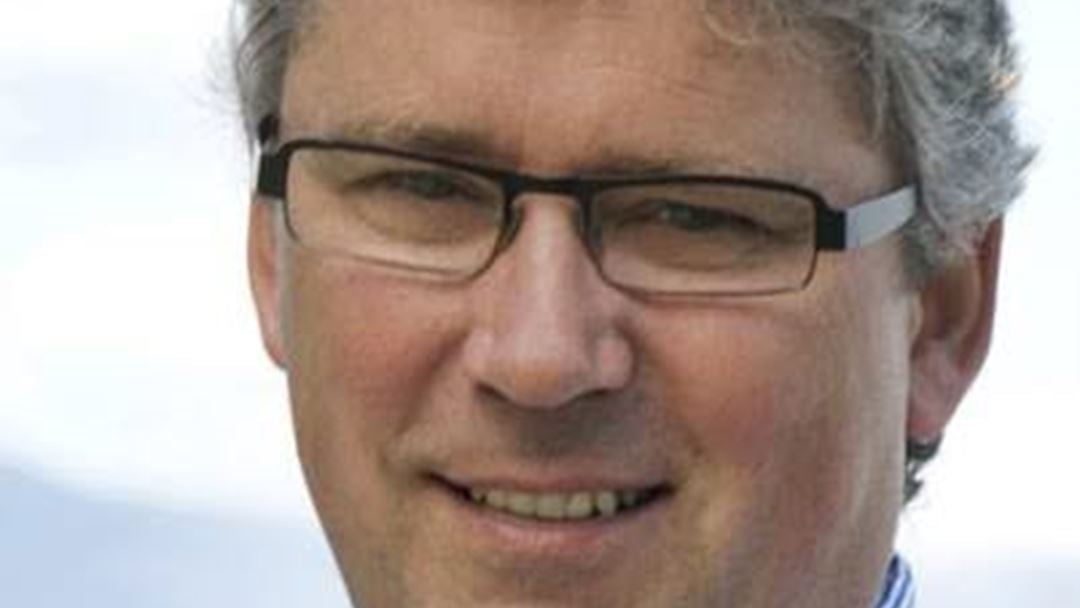
Speaking at: Session 1: A concept for exploiting the "leftovers" of other operators
- Cand. real., Univ. Tromsø 1984.
- Letegeolog, IKU
- Letegeolog, Esso
- Energirådgiver, Sør-Trøndelag fylkeskommune
- VP, PGS Asia
- Business Manager, Norway PGS ASA
- CEO, Pertra
- CEO, Det norske
- Adm. dir., Siva SF
- CEO, OKEA AS
Ed Hough
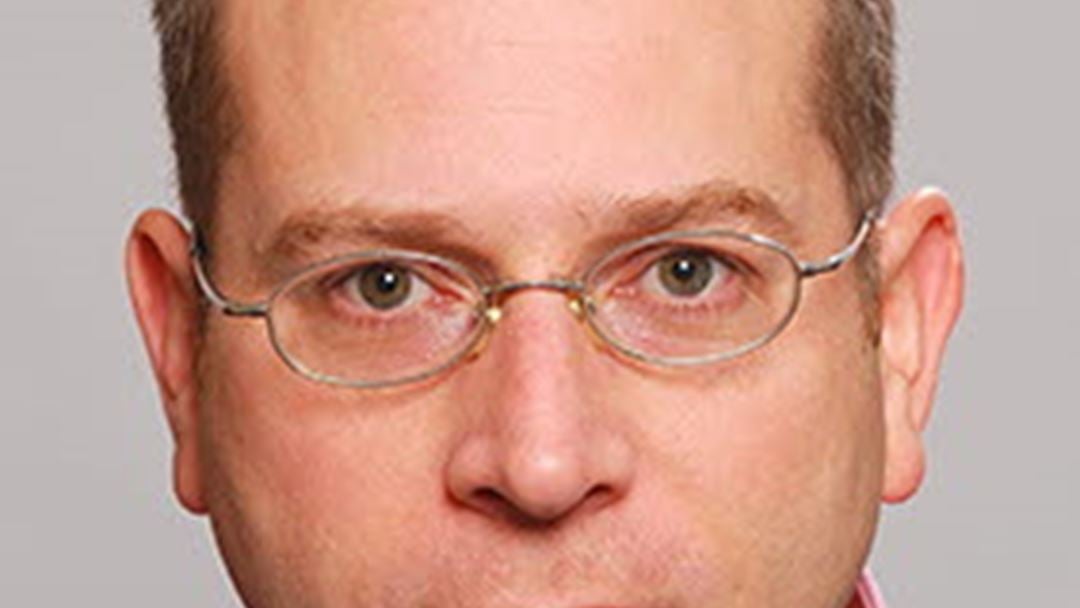
Speaking at: Session 4: Will UK be the first European shale oil/gas region?
Ed Hough is a multi-disciplinary geologist at the British Geological Survey, with a career that has largely been field-based. He has mapped several British coal basins and areas of shale gas potential, and worked in a consultative capacity on numerous gas exploration and storage projects. Ed has researched the geology of north-west England for over a decade; this area includes several exploration license blocks with shale gas and CBM interest, and includes the sites of Europe's first true shale gas exploration wells.
Ed has appeared on BBC TV and Radio discussing geological aspects of shale including the resource in Britain and possible impacts associated with hydraulic fracturing. He is currently co-ordinating the scientific research targeted at gaining a better understanding of British shale potential. Ed graduated in Applied and Environmental Geology from the University of Birmingham in 1994.
Gerben de Jager
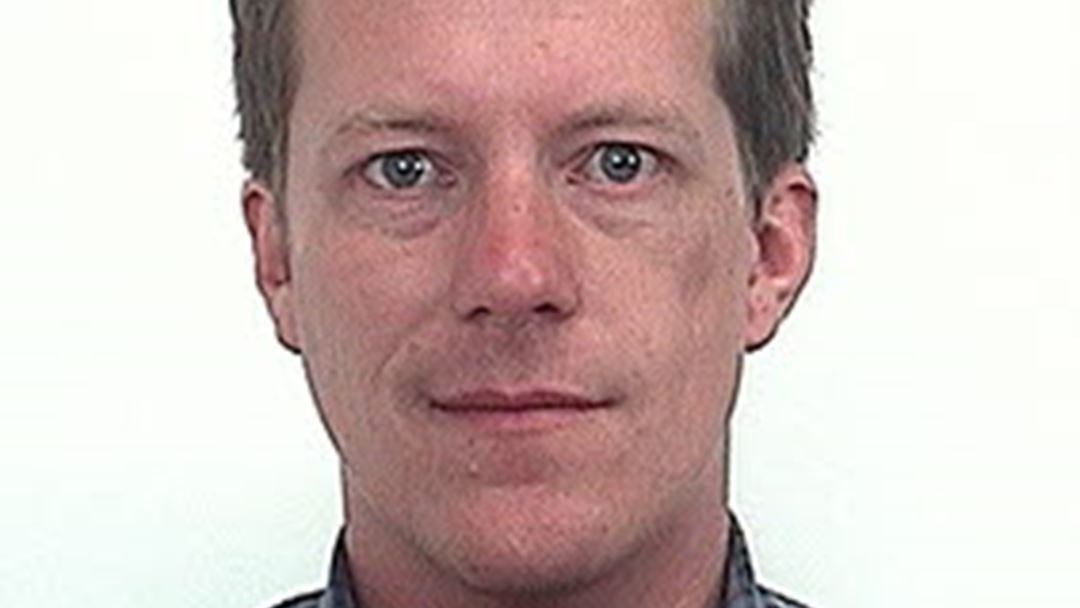
Speaking at: Session 2: OF-Mod for source rock evaluation
Gerben de Jager is currently responsible for the development of OF-Mod, SINTEF's in-house source rock modelling tool. He has been working at SINTEF for two years. He obtained his MSc from Utrecht University in sedimentology, where his dissertation was on modelling the response of sediments to tectonic activity in a foreland basin. After a brief position at Wintershall in The Hague, he went to Delft University of Technology for a PhD at on the influence of geology on reservoir flow behaviour. At the same university he had a post-doc position on the numerical modelling of a source-to-sink sediment system using data from Corsica.
Maurice Dusseault
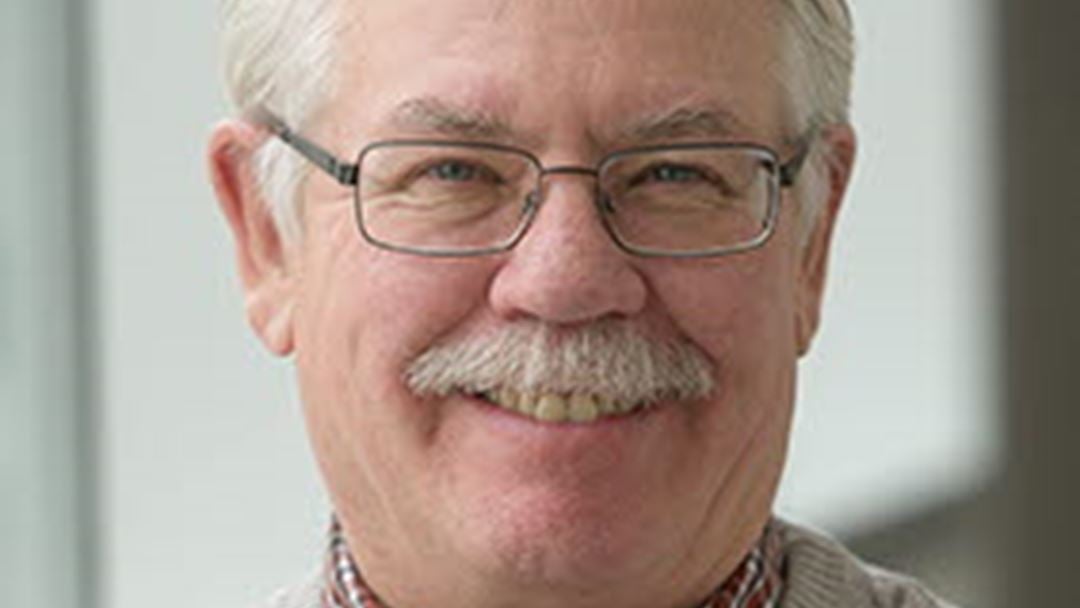
Speaking at: SINTEF shale school: What is a shale? Session 1: The pay-off in understanding shale behavior
After flunking out of university and working as a roughneck for several years on the drilling rigs, Maurice returned and graduated from the University of Alberta in Edmonton, taught there for five years, then moved to Waterloo in 1982. Maurice carries out research in coupled problems in geomechanics including thermal and non-thermal oil production, wellbore integrity, deep disposal technologies for solid and liquid wastes, hydraulic fracture mechanics, CO2 sequestration in saline aquifers, shale gas and shale oil mechanics, and compressed air energy storage in salt caverns. He holds over 10 patents and has co-authored two textbooks and 530 full text conference and journal articles. Maurice is a well-known instructor of professional short courses and currently works as an advisor to the governments of Alberta, Quebec, and Newfoundland. He has served on expert review panels at the provincial and federal levels, evaluating risks associated with petroleum industry technologies.
Erling Fjær
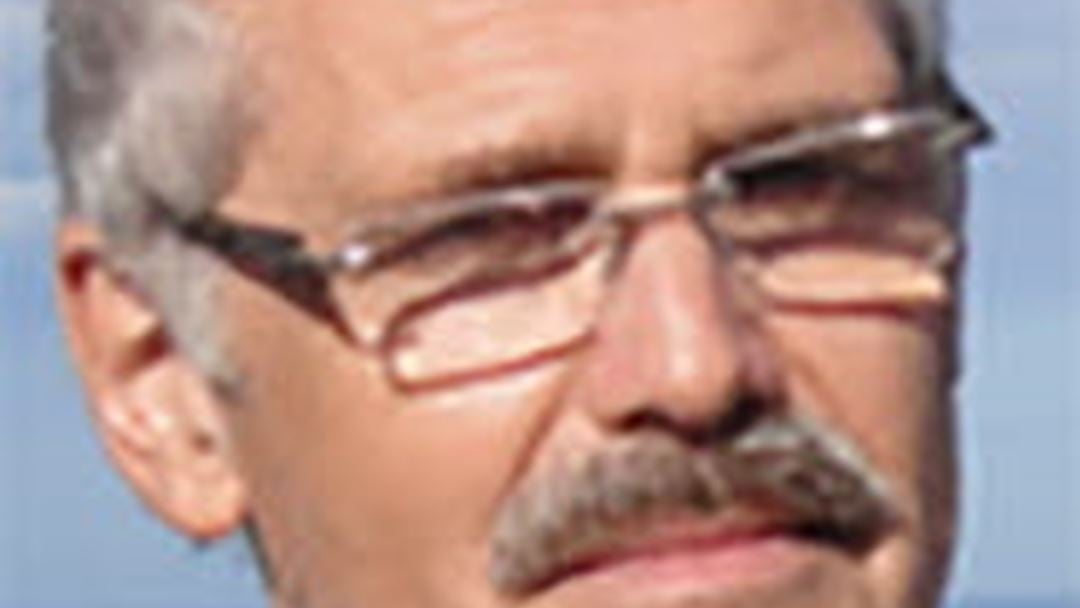
Speaking at: SINTEF shale school: Geomechanics. Session 1: Shale as a barrier – creeping to safety
Erling Fjær has been working at SINTEF Petroleum Research (formerly IKU Petroleum Research) since 1985, on topics related to rock mechanics and rock acoustics, with applications including borehole stability, sand production, seismic monitoring and logging of mechanical properties. His current position is Chief Scientist. He also holds a part time position as Adjunct Professor in petroleum technology and applied geophysics at the Norwegian University of Science and Technology. He has a PhD in physics from the same university.
Rune M. Holt
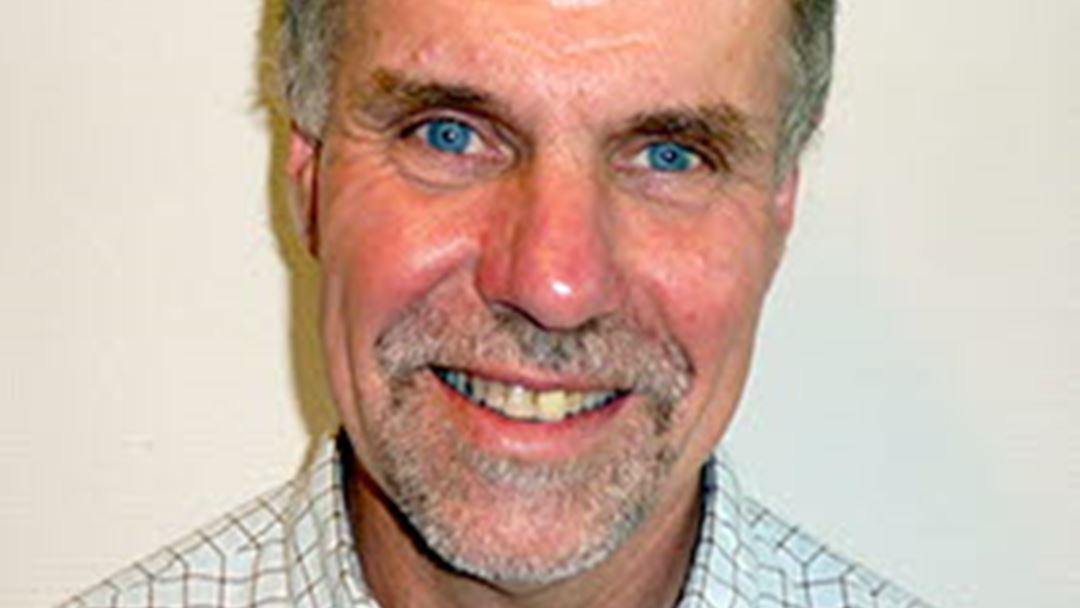
Speaking at: SINTEF shale school: Rock physics
Rune M. Holt completed his Ph. D. in solid state physics at NTNU in 1980. His main area of research is rock physics and geomechanics applied to petroleum geoscience and engineering. The work is based on experimental, analytical, and numerical modelling. Current research activities include studies of shale for evaluation of overburden impacts on 4D seismic, borehole stability during drilling, and formation of shale barriers by creep. Stress sensitivity of rocks, and in particular the impact of core damage, have been long term topics of his research. Recent work also addresses key parameters for efficient hydraulic fracturing. He is teaching courses in rock mechanics and rock physics at NTNU, and has given several continuing education courses for the industry. Rune M Holt has been working with SINTEF for most of his professional career, and he has held his Professor position at NTNU since 1993.
Lars Jensen
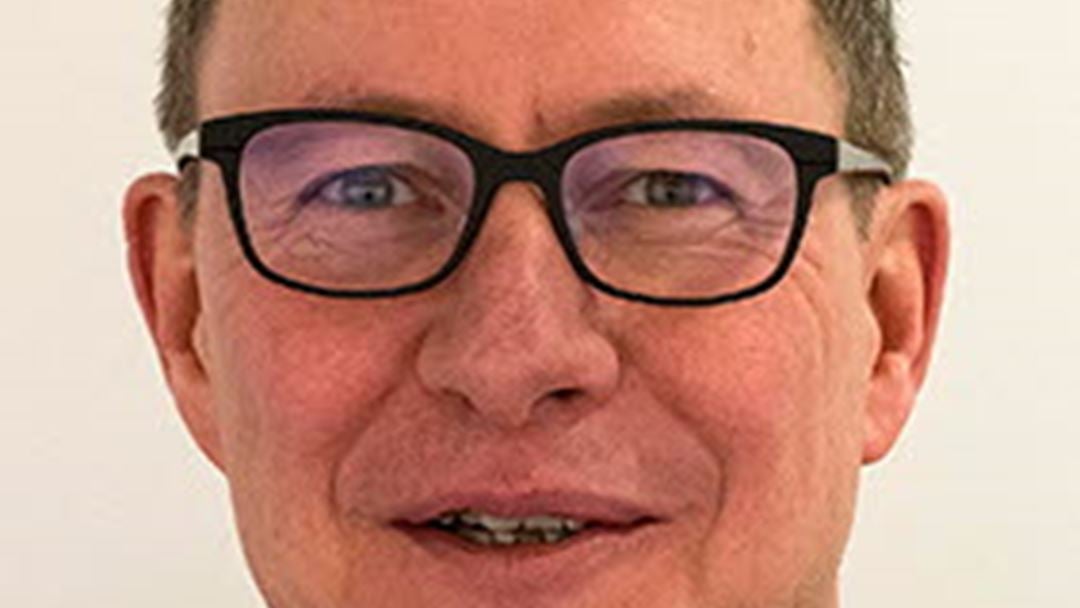
Speaking at: Session 2: Resources and Exploration in the Barents Sea
Lars holds an MSc in Applied Geophysics from University of Århus, Denmark. In his current position, he is coordinating Exploration Technology within the NPD. The last 5-6 years his main responsibly has been coordinating NPDs various campaigns of seismic data acquisition in areas not yet open for petroleum activity in the NCS.
Previously, Lars was 18 years with Geco (Schlumberger) and 4 years with EMGS being responsible for business development in both the Far East and Scandinavia.
Torgeir Knutsen
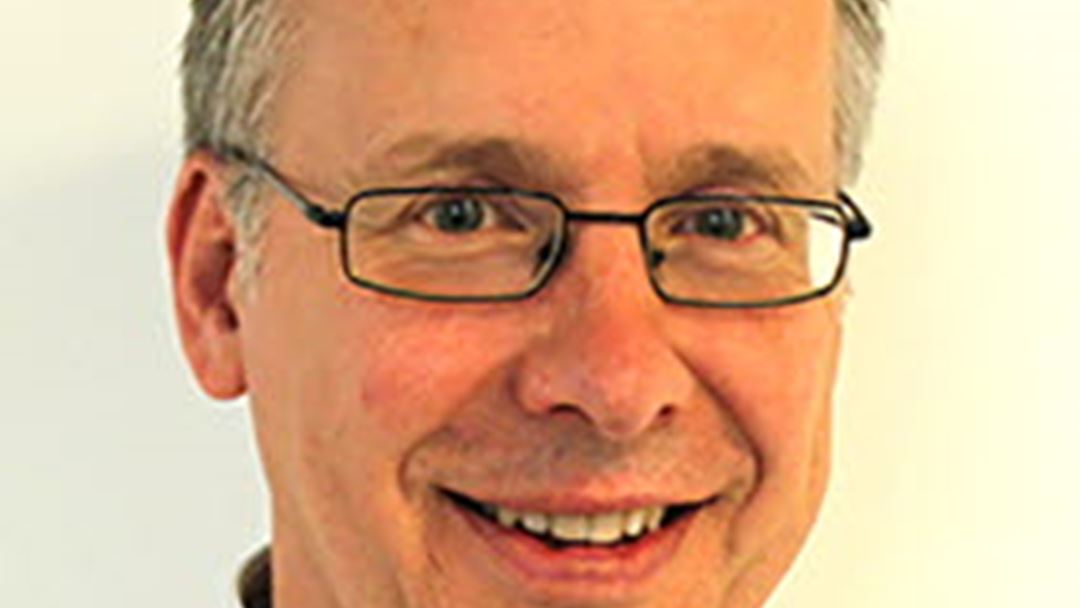
Speaking at: Session 1: Opening address
Posisition
Deputy Director General, Ministry of Petroleum and Energy (MPE), Climate, Industry & Technology Department, Research & Technology Section.
The section deals with issues related to research and technology development within both the renewable energy petroleum sector. Main responsibilities include: Development of R&D policies and strategies for the Norwegian Continental Shelf as well as international R&D co-operation with the International Energy Agency (IEA) and Brazil and the USA.
Experience
Various positions with the MPE. Main focus area: industry policies, incl. the internationalisation of the Norwegian oil and gas industry and supply chain management, improving cluster dynamics and enhancing the competitive edge of the petroleum industry based in Norway, co-ordination of the Ministry's involvement in the programme Oil for Development.
Currently: Observer in the the Board of OG21, the national strategy for oil and gas technology.
Education
Master of International Business, Norwegian School of Economics and Business Administration, Bergen
Tron Kristiansen
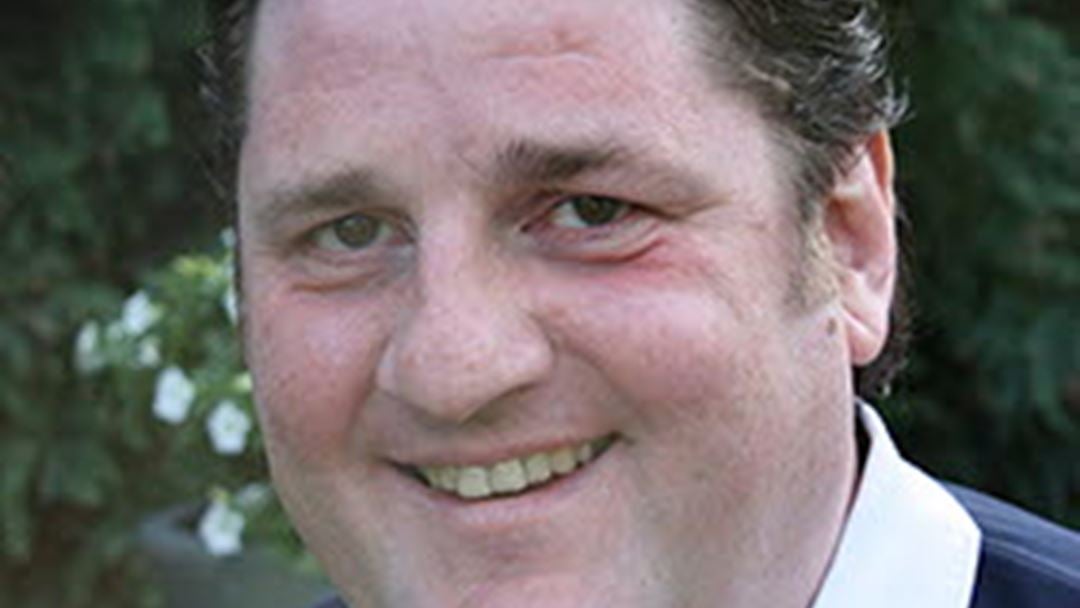
Speaking at: Session 4: Opportunities with a changing overburden
Tron Kristiansen is applying geomechanics to solve various challenges in the oil and gas industry. This includes areas such as: solids production, hydraulic fracturing, well design in hostile environments, wellbore stability, drill cuttings re-injection and waste disposal, P&A, compaction and subsidence prediction, reservoir engineering, petrophysics, rock physics and geophysics. He is Global Geomechanics Advisor for BP. He is currently located in the central geomechanics team in the Global Wells Organization located in London and Houston. He is involved in both BP and partner operated projects, and R&D, around the world. He has an MSc in Petroleum Engineering from Stavanger in 1992.
Erling Meyer
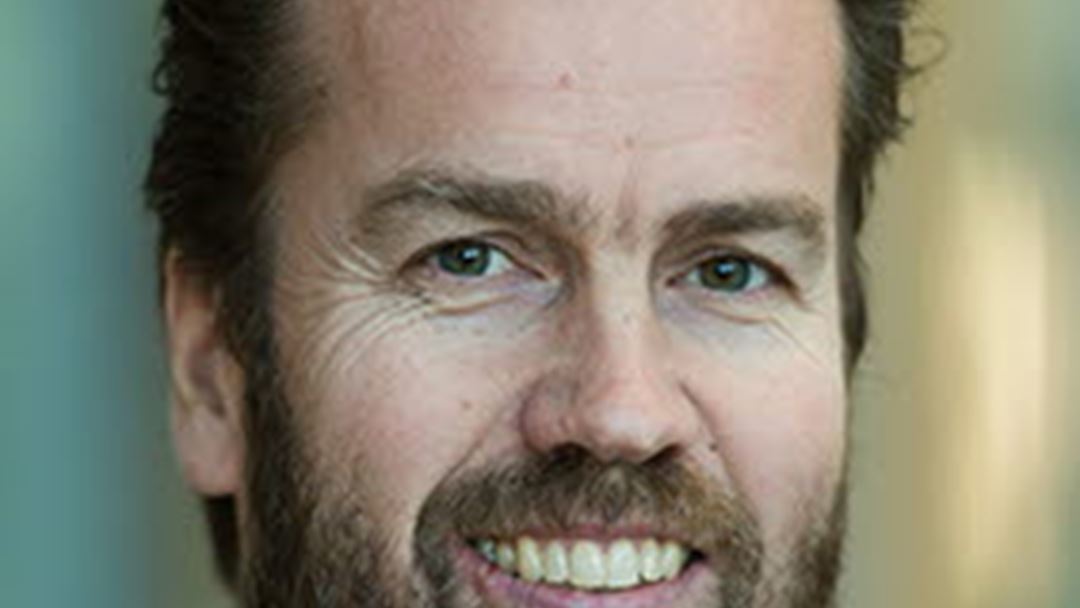
Speaking at: Session 3: Drilling more wells – for less!
Erling Meyer has been working at Statoil since 1995. He is the Vice President for the Heidrun, Kristin and Tyrihans fields on the NCS. In 2014-2015, Erling worked with the Statoil Technical Efficiency program , STEP, heading up the "End to End well delivery program". He has an MSc in Petroleum Technology from the Norwegian University of Science and Technology (NTNU) in Trondheim.
Olav-Magnar Nes
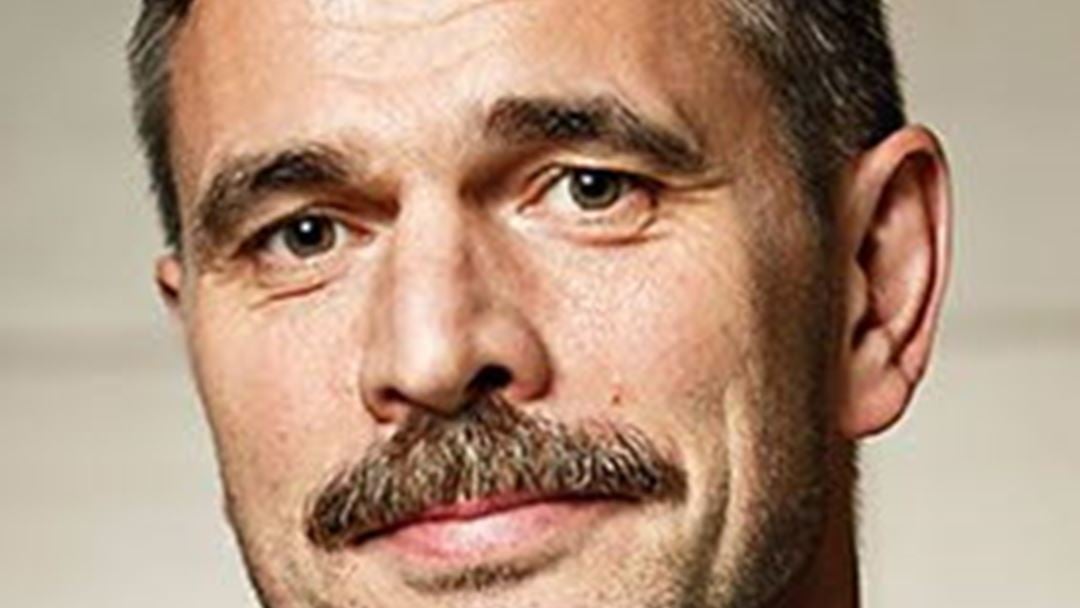
Speaking at: Session 3: Overcoming stability problems in wells
Olav-Magnar Nes has been working at Det norske oljeselskap in Trondheim since 2013. He received a Ph.D. in solid state physics at the Norwegian University of Science and Technology in 1992. Thereafter he worked for 20 years at SINTEF Petroleum Research on topics related to rock mechanics and rock acoustics. This includes applications within borehole stability while drilling in shales, seismic monitoring, and use of log data to estimate petrophysical and rock mechanical properties.
Sander Osinga
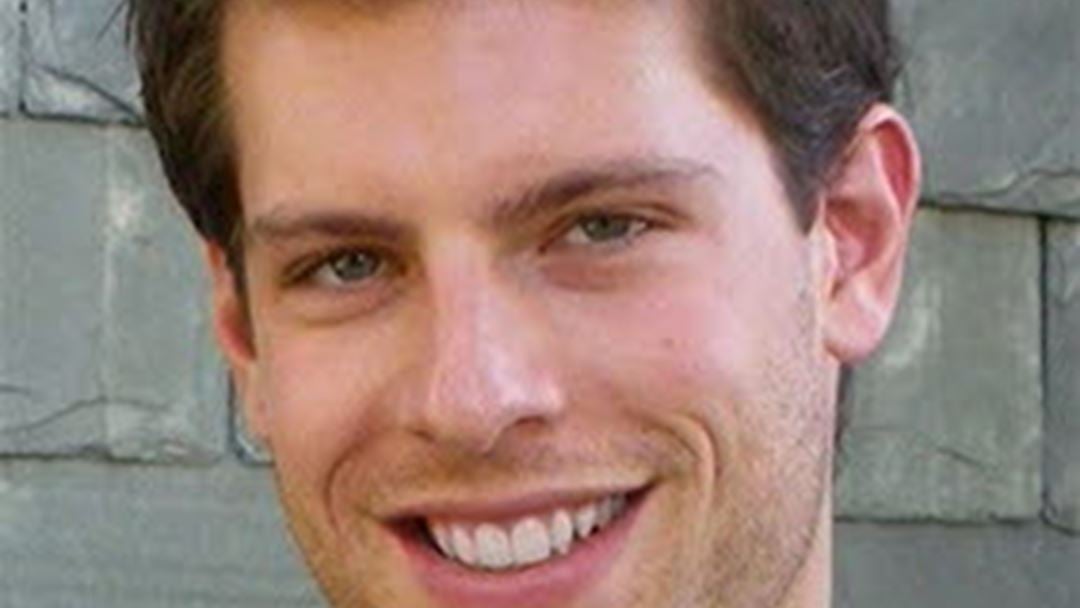
Speaking at: Session 4: M4ShaleGas: From source to surface and beyond
Sander Osinga is a Junior scientist at the Dutch Organization for Applied Scientific Research (TNO). In the Geomechanics group, he works on topics such as injection&depletion induced seismicity, geological storage of CO2 and geomechanical issues around shale gas. Sander holds an MSc. Earth Structure and Dynamics from Utrecht University with an emphasis on experimental rock mechanics. Previous experience includes work on the CO2 injections project at Boundary Dam (Canada) and oil sands waste management.
Hans Christen Rønnevik
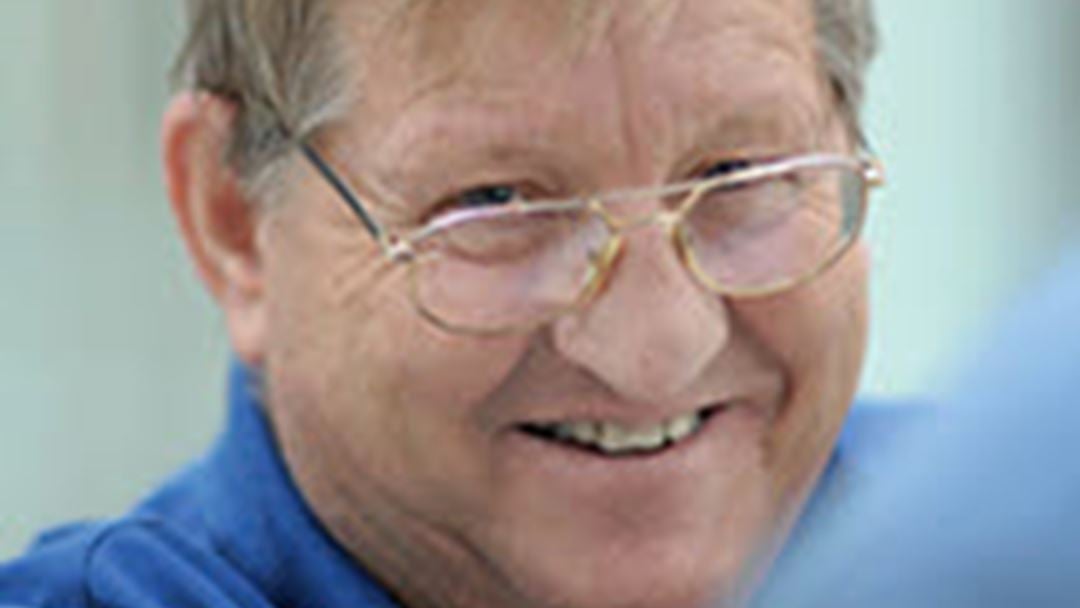
Speaking at: Session 2: Where is the next Norwegian elephant?
Hans Rønnevik is born June 26th 1945 in Haugesund, Norway. He is educated as cand.real from the University of Bergen in 1971. He started his professional life as a petroleum geologist in the Oil office in the Ministry of Industry in 1972 and then from 1973-83 he worked as a petroleum geologist in the new established Norwegian Petroleum Directorate. In 1983/1984 Rønnevik worked as senior petroleum geologist in Norske Shell before he moved to the position as Vice President for Exploration in Saga Petroleum from 1984-1999. In 2000 they joined and revitalized DNO in Norway. Lundin Petroleum bought the main part of the DNO licenses in Norway in 2004. Rønnevik continued as geologist and Exploration Manager. He formulated and implemented the organic growth strategy of this company. The organic growth strategy has resulted in discovery of more than 3 billion barrels of oil in total and a success factor of more than 40 % the last 10 years. The main breakthrough discoveries are Edvard Grieg in 2007, Johan Sverdrup in 2010, Luno 2 and Gohta in 2013 and Alta discovery in 2014. Passing 70 years he entered into a senior G&G advisor role in Lundin.
Øyvind Sylta

Speaking at: Session 2: From source to elephant
Øyvind Sylta has been the CEO of Migris AS since 2005. He received a M.Sc in petroleum exploration from NTH in 1981 and his Dr. phils degree from NTNU in 2004. In the period 1981-1985 he worked for Statoil on computer applications in geology/geophysics, seismic interpretation and mapping and basin modelling. In 1985-2005 he worked at IKU (later SINTEF Petroleum Research) as a scientist in the Basin Modelling section, and thereafter as a section manager and research director. His main fields of competence are: (i) basin modelling, (ii) modelling migration of oil and gas, (iii) hydrocarbon migration analysis for exploration risk, (iv) programming, (v) project management. He has authored 13 peer-reviewed publications and over 70 technical reports.
Malin Torsæter
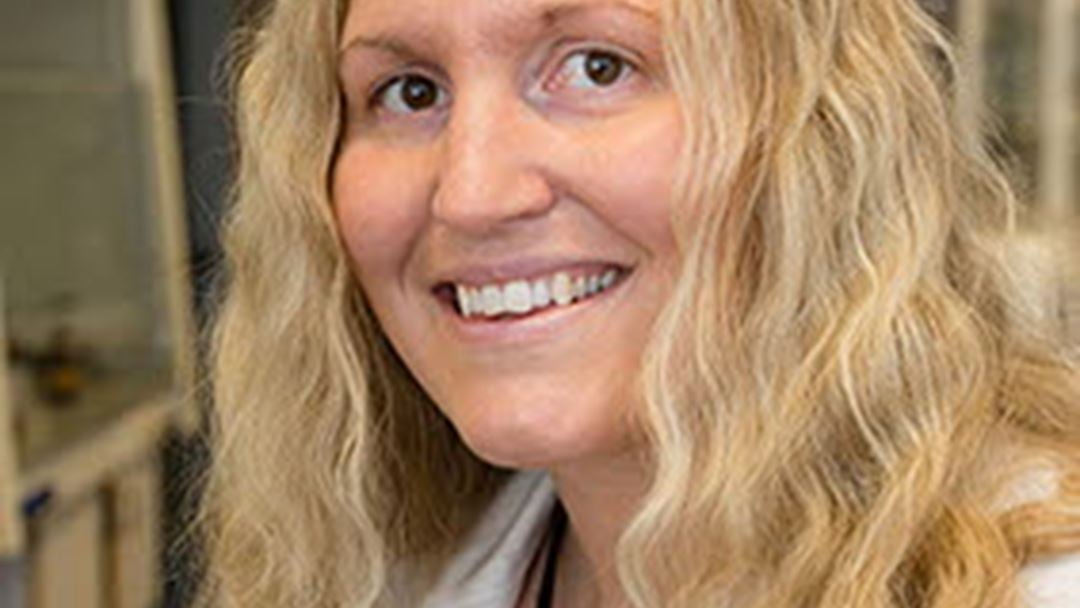
Speaking at: Session 3: Successfully cementing shale sections
Malin has a MSc in Technical Physics and a PhD in Physics from the Norwegian University of Science and Technology (NTNU) in Trondheim. She works as a scientist in the department of Drilling and Wells at SINTEF Petroleum Research, where she is studying how leakages through wells can be prevented through appropriate selection of materials, fluids and technology. Her research is especially directed towards well construction and well plugging. Malin is today leading several large research projects focusing on well integrity related to permanent well plugging and abandonment (P&A), CO2 sequestration and shale gas exploitation.
